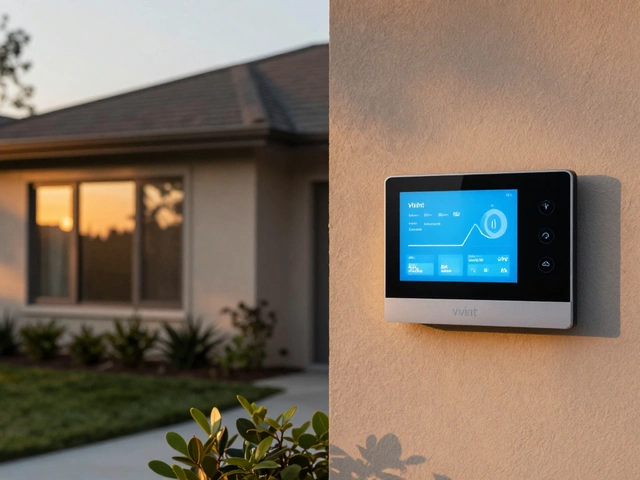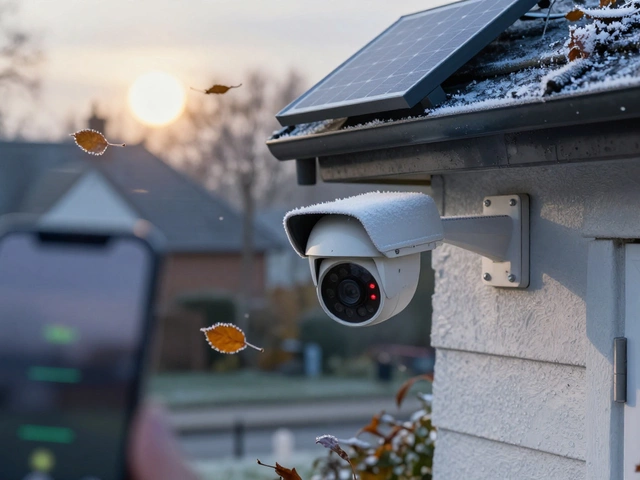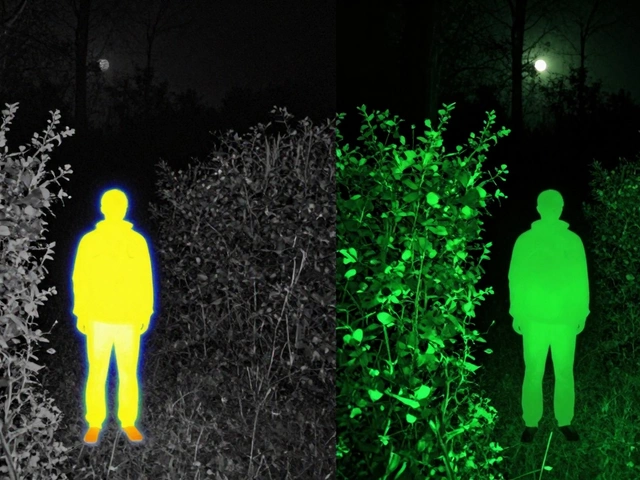Motion Sensors Explained: Choose the Right One for Your Home
When you hear the word "motion sensor" you probably think of a blinking light or a loud alarm. In reality, a motion sensor is just a tiny device that spots movement and tells your security system to act. It’s the front‑line guard that catches a burglar before they even reach the door. If you’re setting up a new alarm or upgrading an old one, knowing which sensor fits your house can save you money and headaches.
PIR vs Microwave vs Dual‑Tech: What’s the Difference?
PIR (Passive Infrared) sensors watch for heat changes. When a warm body moves across their field, they trigger an alarm. They’re cheap, low on false alerts, and work great in rooms with stable temperatures. Microwave sensors emit low‑power radio waves and listen for the echo. They can see through thin walls and glass, so they’re useful in garages or outdoor sheds. The downside? They’re more prone to false alarms from pets or moving curtains. Dual‑Tech combines both PIR and microwave. The sensor only fires when *both* methods agree, cutting down on false triggers while keeping a wide detection range. It’s a solid choice for busy homes where kids, pets, and traffic on the street can otherwise set off an alarm.
Picking the Best Motion Sensor for Your Property
First, think about where you’ll install it. Indoor rooms with clear sight lines are perfect for PIR. Outdoor spots with heavy foliage or glass doors benefit from microwave or dual‑tech. Next, check the detection range – most home sensors cover 10‑15 feet, but dual‑tech can reach up to 20 feet. If you have a small garden or a long driveway, plan for a sensor with a wider angle.
Battery life matters too. Some PIR units run for years on a single battery, while microwave models may need a fresh set every 12‑18 months. If you don’t want to swap batteries often, look for a wired option or a sensor that pairs with your existing alarm wiring.
Finally, match the sensor to your alarm panel. Most modern panels support both wireless and wired sensors, but older systems might need a specific protocol. The Best Motion Sensors for Home Security: PIR vs Microwave vs Dual‑Tech Guide on our blog breaks down the specs of popular models, so you can compare price, power source, and reliability side by side.
Pro tip: place sensors at a height of about 6‑7 feet. That’s high enough to avoid most pets but low enough to catch an intruder’s torso. Avoid aiming them directly at windows or heating vents – those can cause false alarms.
When you install a sensor, always do a quick test. Walk through the detection zone, wait a few seconds, and check if the alarm panel lights up. If it doesn’t, adjust the angle or try a different spot. A little testing now prevents a silent failure later.
In short, the right motion sensor depends on where you put it, how long you want the battery to last, and whether you need extra protection against false alerts. Choose wisely, test thoroughly, and you’ll have a reliable early warning system that works day and night.






